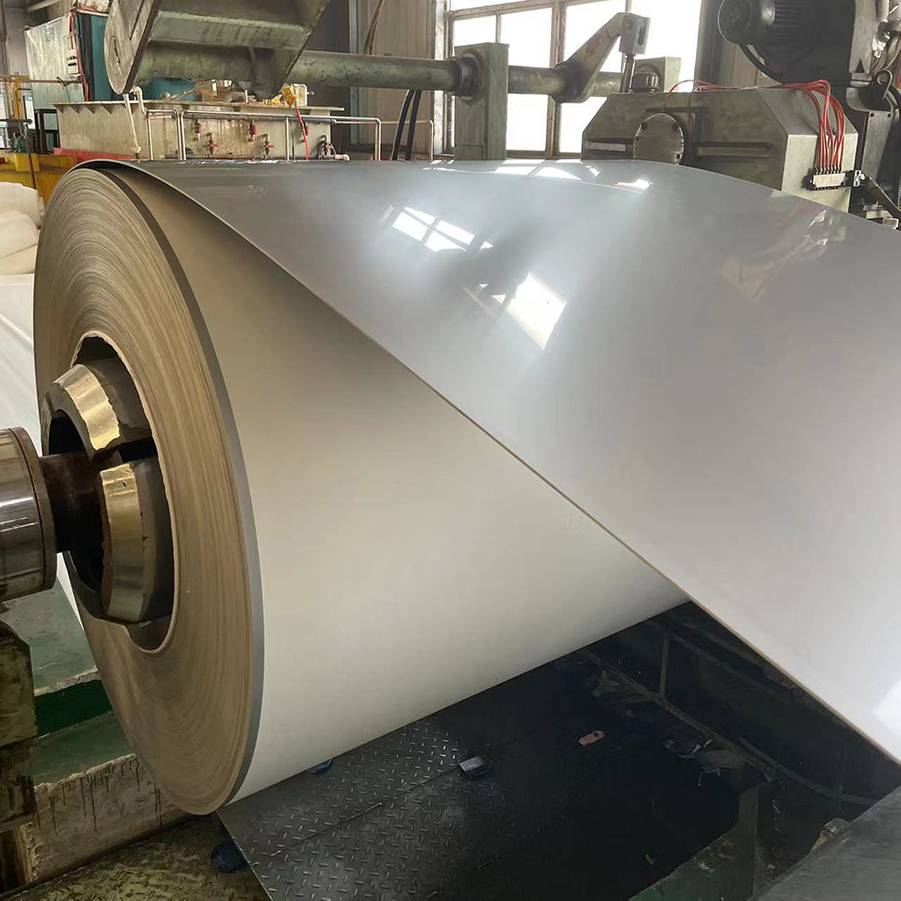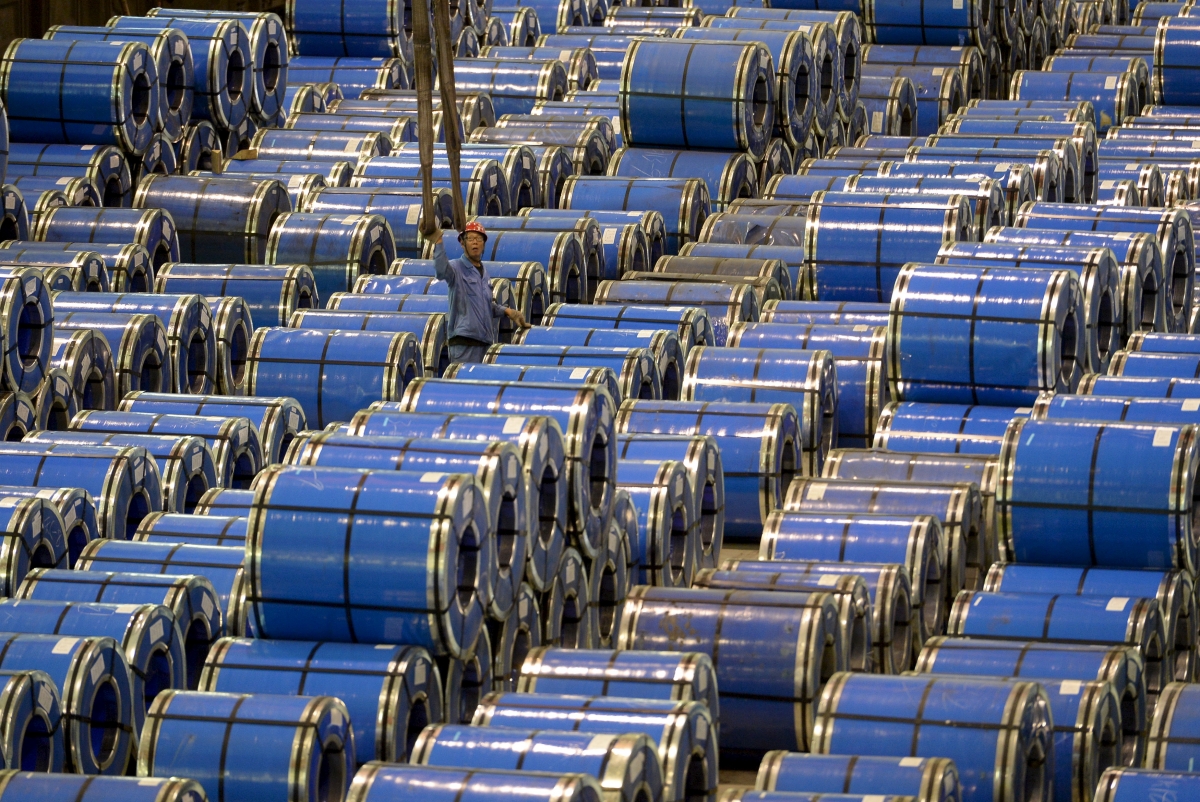437 stainless steel is a highly corrosion-resistant material, whose strength and durability make it an ideal choice for various industrial applications. 437 stainless steel is a special type of stainless steel, whose elemental content and advantages make it widely used in many fields. This article will provide a detailed analysis of the elemental content, application fields, and advantages of 437 stainless steel.
437 Stainless Steel Elemental Composition
437 stainless steel is a ferritic stainless steel, and its main chemical components include chromium (Cr), nickel (Ni), molybdenum (Mo), copper (Cu), nitrogen (N), and carbon (C). Notably, 437 stainless steel contains higher amounts of nickel and copper to enhance its corrosion resistance. Its elemental content is roughly as follows:
Carbon (C): Up to 0.08% carbon.
Silicon (Si): Up to 1.00% silicon.
Manganese (Mn): Up to 2.00% manganese.
Phosphorus (P): Up to 0.045% phosphorus.
Sulfur (S): Up to 0.030% sulfur.
Chromium (Cr): At least 17.00% chromium, up to 20.00%. Chromium is one of the most important alloying elements in stainless steel, improving its corrosion resistance.
Nickel (Ni): At least 14.00% nickel, up to 20.00%. Nickel is one of the key elements that improve the strength and corrosion resistance of stainless steel.
Niobium (Nb): Up to 0.10% niobium. Niobium improves the high-temperature performance and corrosion resistance of stainless steel.
Chromium Phosphate (Cr2O3): Up to 0.30% chromium phosphate. Chromium phosphate improves the corrosion resistance of the steel.
These elements combine to give 437 stainless steel excellent corrosion resistance and mechanical properties, as well as good adaptability to certain special environmental conditions.
437 Stainless Steel Mechanical Properties
Tensile Strength: Maximum tensile strength of about 830 MPa.
Yield Strength: Tensile yield strength of about 415 MPa.
Elongation: During tensile testing, 437 stainless steel has an elongation rate of about 25%.
Impact Toughness: 437 stainless steel has high impact toughness and can be used at low temperatures.
437 Stainless Steel Application Fields
Due to its special elemental content and excellent properties, 437 stainless steel is widely used in many fields.
Shipbuilding Industry
The corrosion resistance and resistance to seawater erosion of 437 stainless steel are widely used in the shipbuilding industry. It can be used to manufacture various parts of ships, such as hulls, propellers, anchor chains, etc.
Chemical Equipment
In chemical equipment, where material corrosion resistance is highly demanded, 437 stainless steel’s excellent corrosion resistance makes it widely used. It can be used to manufacture various reactors, pipelines, heat exchangers, etc.
Oil and Natural Gas Industry
In the oil and natural gas industry, 437 stainless steel can be used to manufacture drilling equipment, pipelines, heat exchangers, etc. Due to its excellent corrosion resistance and high-temperature resistance, it is widely used in this field.
Advantages of 437 Stainless Steel
The advantages of 437 stainless steel are mainly reflected in the following aspects:
Excellent Corrosion Resistance
Due to the high content of chromium, nickel, and copper, 437 stainless steel has excellent corrosion resistance. This makes 437 stainless steel highly stable in seawater, acidic environments, alkaline environments, and chlorinated environments.
Good Mechanical Properties
The strength and toughness of 437 stainless steel are very good, which allows it to exhibit excellent performance in many industrial applications. At the same time, its good weldability also gives 437 stainless steel an advantage in the manufacturing process.
High-Temperature Performance
437 stainless steel has good high-temperature performance, maintaining stable mechanical properties and corrosion resistance in high-temperature environments. This makes 437 stainless steel widely used in the petroleum, chemical, and nuclear industries.
Economic Efficiency
Although the cost of 437 stainless steel is higher than ordinary carbon steel, its excellent corrosion resistance and high-temperature resistance can greatly reduce maintenance and replacement costs. In the long run, 437 stainless steel is highly economical.
Conclusion
437 stainless steel is an excellent stainless steel material, whose unique elemental content and advantages make it widely used in many industrial fields. Whether in the shipbuilding industry, chemical equipment, oil and natural gas industry, or other fields requiring corrosion-resistant and high-temperature-resistant materials, 437 stainless steel demonstrates its unique advantages. Although its cost is slightly higher, its long-term stability and durability make it highly economical. Therefore, 437 stainless steel is a material worth in-depth study and wide application.”
At Aoxing Mill, we specialize in producing 437 stainless steel, a robust and versatile material ideal for challenging industrial environments. Our focus on quality and innovation ensures our stainless steel meets the highest standards for corrosion resistance and durability.
Post time: Nov-20-2023






